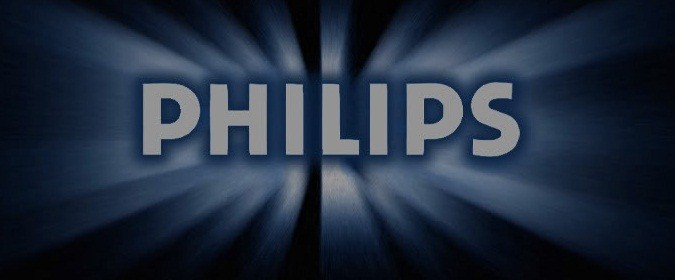Health
Philips Lifeline introduces new predictive analytics engine to power population health management

CareSage combines actionable insights with wearable medical alert devices to help reduce avoidable hospitalizations of elderly patients, keeping them at home and independent
Chicago, Ill. – Royal Philips (NYSE: PHG; AEX: PHIA) today announced CareSage, a new predictive analytics engine that enables health systems to better monitor and care for elderly patients by combining actionable insights with wearable devices and monitoring. CareSage provides analysis of real-time and historical data from health care providers and Philips Lifeline, to proactively identify patients most likely to have health issues so clinicians can intervene before problems occur, helping patients stay healthier and reduce avoidable hospitalizations.
CareSage is the latest innovation being built on the Philips HealthSuite Digital Platform, an open cloud-based platform that supports the secure collection and analysis of health and lifestyle data from multiple sources and devices. Designed to support population health management, CareSage utilizes Philips Lifeline’s AutoAlert technology and wealth of aging and health data to focus on senior patients when they return home after a hospital visit or home health care period.
“Coming home after a hospital stay is a relief for seniors, but it also comes with potential risks. By reviewing data from CareSage’s analytics and our wearable medical alert devices, health systems can predict when their at-home patients are likely to be hospitalized and intervene in advance,” said Kimberly O’Loughlin, Senior Vice President and General Manager of Home Monitoring, Philips. “CareSage is another example of Philips’ commitment to connected health; leveraging data, analytics and our 24×7 service monitoring capabilities to help provide health systems with the right data at the right time to help deliver care for a wide range of patient populations.”
Today, seniors use more health care resources per capita than any other group, and two-thirds of Medicare recipients are dealing with more than one chronic condition. Poor transitions in care are a key cause of unnecessary readmissions, emergency department visits and hospitalizations for seniors, which lead to both health and cost concerns. Health systems are looking to provide better outcomes at lower costs by extending care into the home, where many seniors’ health events occur. At the same time, while fewer than half of people who own wearable devices and fitness trackers actually use them every day, seniors have been active consumers of wearables for years in the form of medical alert services. When combined with predictive analytics, wearables for seniors can have a dramatic impact in proactively managing their health.
“More than half of frail and elderly patients are discharged without any long-term monitoring, leaving them cut off from their care while at home. Staying connected with these patients in between check-ups can help keep them healthy and help prevent events that could send them back to the hospital, which is our ultimate goal in patient care,” said Michael Hamaker, President, WellSpan VNA Home Care.
CareSage’s unique approach combines predictive analytics and senior-friendly home monitoring management and service tools already actively used by many consumers. Leveraging CareSage, health systems may be able to provide better preventative care and care coordination; increase patient satisfaction and improve quality of life issues; reduce long-term (beyond 30 days) avoidable readmissions; and improve health outcomes and cost savings.
Philips Lifeline is partnering with health systems to develop additional programs and applications for the predictive analytics engine.



















































